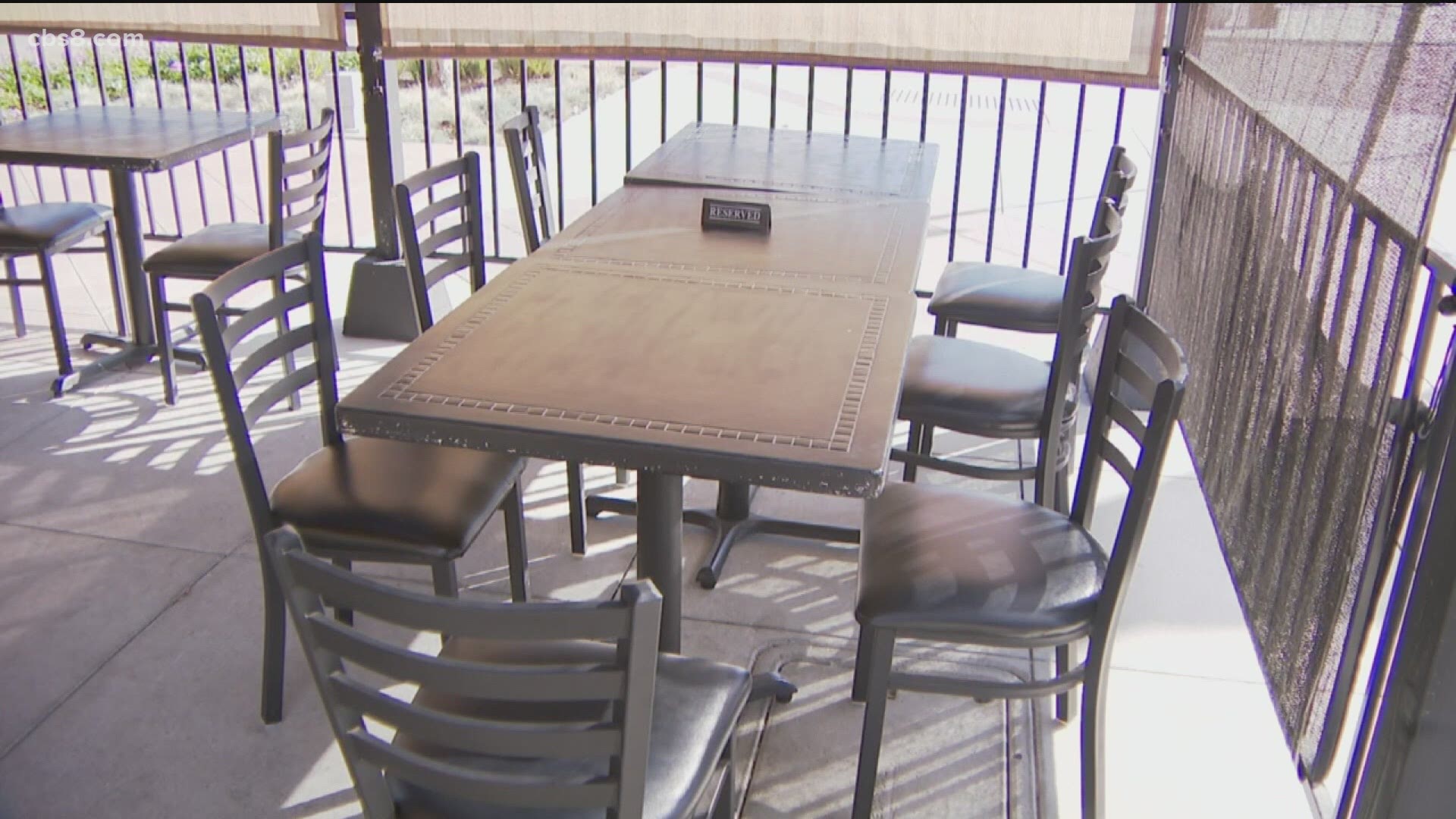SAN DIEGO — Hospitals across San Diego County continued to manage capacity in their intensive care units. ICUs in Sharp HealthCare’s four acute-care hospitals were 91% full during Monday’s census. Some of its South Bay hospitals transferred patients to less full units further north.
“We have offloaded a few patients from Chula Vista, primarily because they are really feeling the pressure right now,” said Thomas Lawrie, Chief Medical Officer at Sharp Memorial Hospital.
Statewide, hospitals remain concerned about staffing. Many have been working straight through the pandemic without a break and their workload has only worsened during the recent surge.
“The morale for the ICU and the nurses are spectacular. They take care of each other. It's really wonderful to see, but you can also see the fatigue and their morale will wane over time if we don't see an end of this,” said Lawrie.
Critical care nurses and doctors have been in short supply for years given the lengthy specialized training required for their positions.
In past years, such as during a surge of influenza cases, hospitals have called on traveling nurses and physicians to take the pressure off local staff. However, surging demand across the nation has limited their availability.
Early in the pandemic Sharp, and other hospital systems, asked physicians in other specialties to volunteer to help treat coronavirus patients. Sharp never ended up needing volunteers then, but recently renewed its call for assistance.
“We're getting to a critical stage. The impact is felt very heavily among the doctors and nurses in the ICUs. Our staffing for nursing, in particular, has been a challenge,” said Lawrie. “The problem is that we're working them to the bone, that we've been working them really hard for eight months now. So, they're really feeling the strain.”
Many of the patients who will flow into ICUs over the next few weeks are already in the pipeline. However, state health officials hope the stay-at-home order will blunt the exponential growth of future cases, which would buy time to treat current cases.
“Without stay-at-home orders, the projections look really, really scary. With the stay-at-home orders, the numbers come down much sooner than I had expected,” said Lawrie. “That means we start to flatten the curve before Christmas, which would be spectacular.”
County hospitals have prepared if cases continue to rise despite the order. If one hospital is overwhelmed, they would transfer to others within their respective system. For example, Scripps Health has transferred 33 patients since the last week of November to other hospitals within its system to avoid overwhelming any of its hospitals.
Should a hospital system becomes overwhelmed, they can transfer to others within the county. As a last resort, hospitals can transfer to others outside of the county. However, under the mutual aid system, San Diego is traditionally the county that helps smaller, more rural counties. To-date during the pandemic, no San Diego hospital system has ever needed to send its patients to another system or another county.
“If San Diego gets overwhelmed it's likely that the other counties are going to get overwhelmed and then there’s just nowhere to send people,” said Lawrie. “We're not to that point yet, but if we don't do all the great things we're already doing, and we just have to keep doing them for a little longer. If we keep doing that, we're going to avoid that situation and that’s what we really want to avoid.”
RELATED: Here’s how the CA Notify app works


